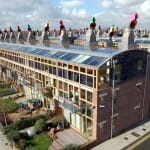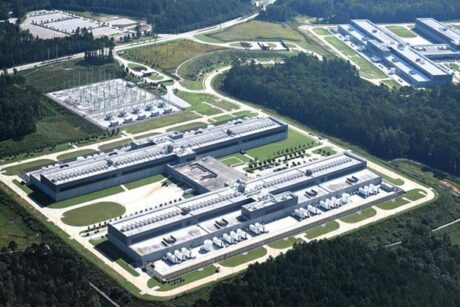- Webinar No: WBNR 1192
- PDH Units: 2
No data found for Custom Course Number
No data found for Custom Course Units
- Webinar No: WBNR 1192
- PDH Units: 2
Intended Audience: Electrical, renewable, and sustainability Engineers
Credits: 2 PDH Units
When: Wednesday 5/21, 2 - 4 pm ET
Substations represent the most important junction in the electric power system; generation switchyard, transmission, sub-transmission, distribution, unit, customer, and Distributed Energy Resources (DERs) are important substation types that make up the electric grid. Substations represent the most expensive property in the utility system that includes very expensive equipment, such as power transformers, instrument transformers, breakers, capacitors, shunt reactors, switches, SCADA, and relays. Nowadays, data and big data play critical roles in the energy world to transform substations into intelligent substations; monitoring devices and advanced cameras are installed at critical substations to reduce O&M, extend the life of various components, and prevent damage.
This Webinar is intended for electrical, renewable, and sustainability engineers as well as others interested in learning more about intelligent substations.
Date: Wednesday | May 21, 25 | 2 - 4 pm ET
Credits: 2 PDH Units
Learning Objectives:
At the successful conclusion of this presentation, you will learn the following knowledge and skills:- Familiarizing with the 2030/2040/2050 Grid
- Understanding substation, types, transformation and key function
- Familiarizing with substation key equipment and monitoring candidates
- Knowing why the future is 3D
- Learning about Distributed Energy Resources (DERs) data
- Familiarizing with SCADA
- Learning about the future substations and transmission systems
- Familiarizing with thermal imagery, inverters, voltage control and transformers
- Understanding the role of IT in addressing cybersecurity challenges
- Understanding the need for further intelligence
- Critical role of robotics
Group Discounts Available
Course Reviews
4.5
- 5 stars4
- 4 stars4
- 3 stars0
- 2 stars0
- 1 stars0
Once completed, your order and certificate of completion will be available in your profile when you’re logged in to the site.










Excellent course. I had a few learning objectives and they all were met along with additional material I had not thought about. Good presentation and good presenter.
Have oral questions so that we can all hear and learn from the verbal responses
Excellent Course
Provided good insight into the changing design requirements for future substations with the future grid containing distributed sources, alternate means of generation and more electronic technology on the load side. Instructor is very knowledgeable in his field. Unfortunate problem with audio transmission toward the end.
Fairly good – spent time on the ramifications of the problem and not as much on solutions, but then these are technically new and urgently needed, when utilities are not tax-funded businesses. Lecturer seemed hurried and slide control was a bit jumpy. But he knew his stuff, and I’m glad I took this course.
Really very good. Nice progression from introduction to substations, substation components, functions of components, monitoring and collection of data with sensors and PMUs, how data will be used for O&M/Life Cycle Assessment/Predictive Failure/Switching, then discussion of the future impact of climate change, cybersecurity, DERs, etc.
This was very well done. The instructor was obviously an expert in the field and passionate about the subject. Lots of great discussion for experienced utility and electrical engineers, but also somewhat accessible for those not as familiar.
The focus was more on general substation functionality and operation rather than the automation aspects. Therefore, it was not quite as advertised. As far as the subject matter covered, presentation was very good.